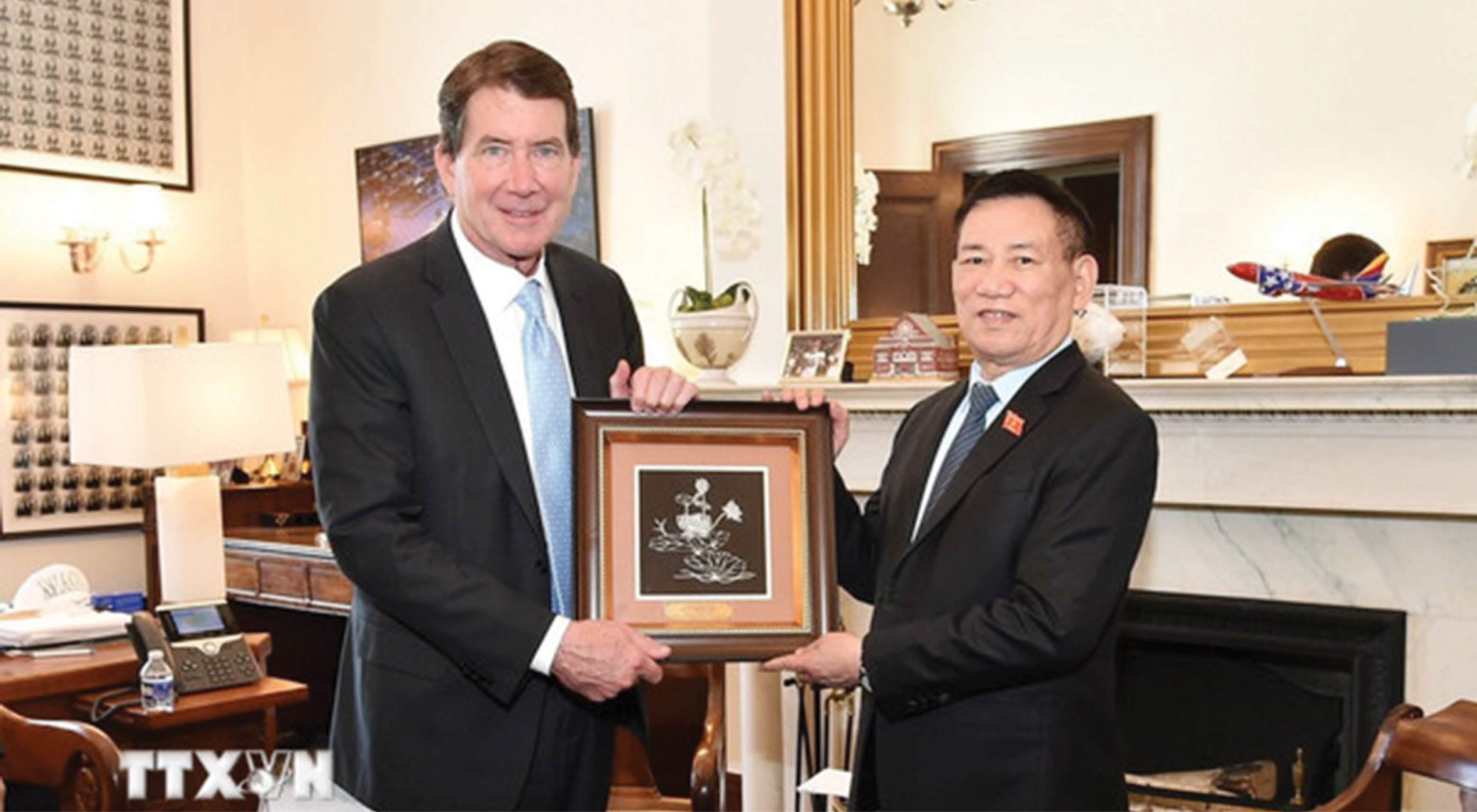 |
| Deputy Prime Minister Ho Duc Phoc presents a souvenir to Senator Bill Hagerty. Photo: VNA |
The numbers
The average tax rate that Vietnam applies to imported goods from the US does not exceed 15%. Specifically, Vietnam has announced a number of tax rates that Vietnam is currently applying to the main items that Vietnam imports from the US, including: agricultural products, fuel, machinery... as follows: Cotton and fiber: 0%; soybeans: 2% (will be 0%); chicken: 10%; nuts, apples and cherries (5%); liquefied petroleum gas: 5% (will be 2%); Ethanol: 5%; semiconductor chips: 0%; cars: 32%; motorcycles, motorbikes: 10%; agricultural machinery: 5%.
Looking at the above tax rate table, it can be seen that the speculation that Vietnam imposes a tax of up to 90% on imported goods from the US is a fabrication or an unrealistic interpretation. There is also a reason that US President Donald Trump mentioned the story of "currency manipulation". This is not the first time that the Americans have put forward this argument to justify their "retaliatory" actions against Vietnam. In fact, for the past 10 years or so, the exchange rate between VND and USD in the Vietnamese market has fluctuated very little, at its highest it only fluctuated below 100 VND/1 USD. Therefore, the story of "currency manipulation" is also unfounded.
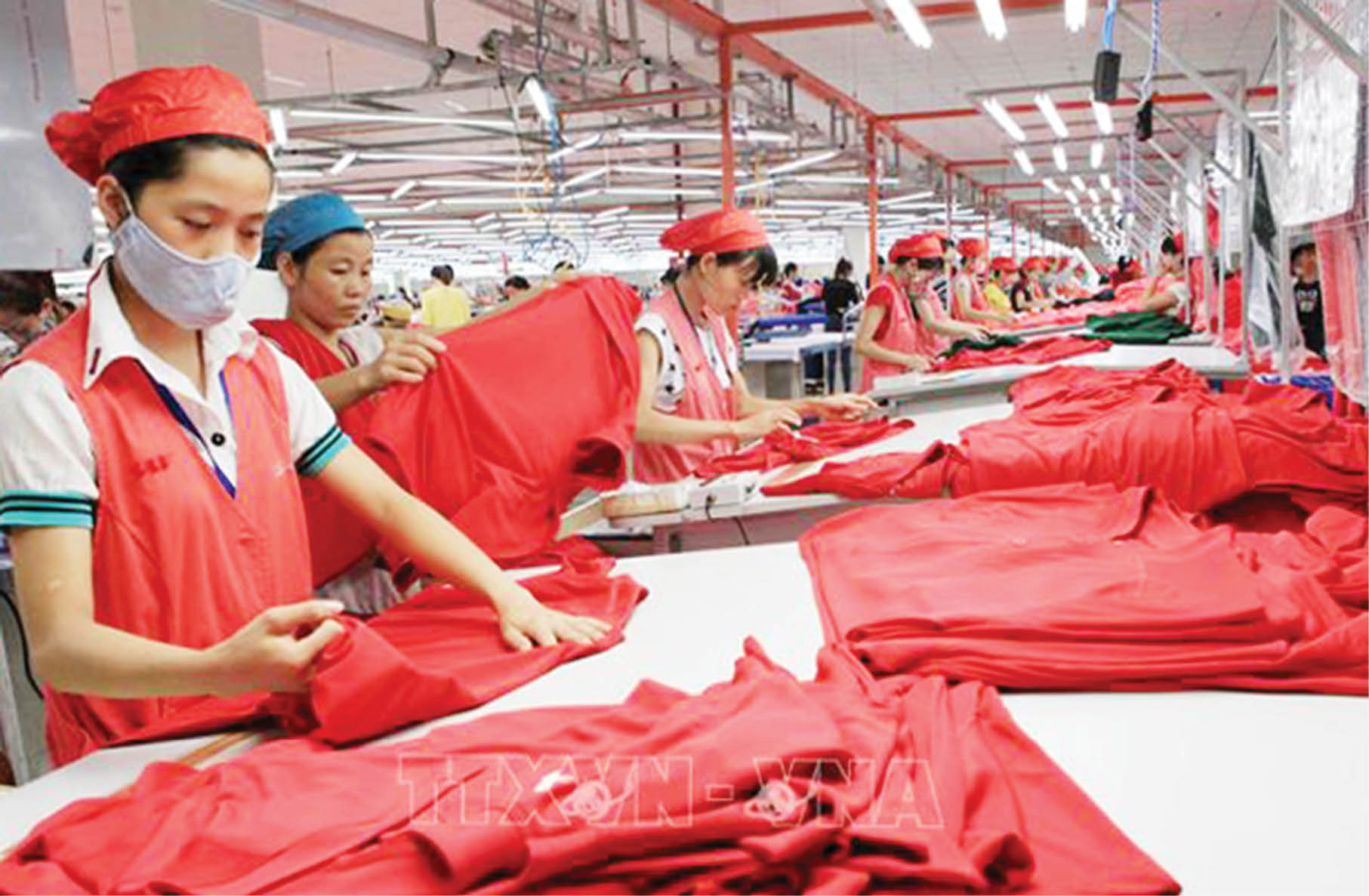 |
| Star Fashion Company Limited invested in building a factory specializing in sewing knitwear and sportswear for export in Phu Nghia Industrial Park, Chuong My District, Hanoi, exporting to the US market. Photo: VNA |
So where does the 46% tax rate come from? It can be speculated that the US considers the Vietnamese market a hiding place for goods from other countries. They speculate that goods from other countries use Vietnam as a place to carry out the "Kim Cicada Shedding Its Shell" plan to enter the US market with the US tax rate that was preferential for Vietnam before April 9, 2025. It is known that in the past, the Vietnamese government has done many things to meet and negotiate with the US side through many channels: The General Secretary of the Communist Party of Vietnam called US President D. Trump, the Government sent a high-ranking special envoy, the Deputy Prime Minister, to the US, the Deputy Prime Minister and Minister of Foreign Affairs met and talked with the US Ambassador to Hanoi ME Knapper, a delegation of nearly 200 business leaders went to the US on April 6... All optimistic information from both sides is still pending, but the balance is tilting towards the US along with quite serious misunderstandings.
The vast majority of the people support the way the Party and Government leaders have responded to the US administration in this tariff war, and do not support confrontation. Europe also became more subdued when EU President von der Leyen said: "The EU has proposed zero-to-zero tariffs on industrial goods from both sides... because Europe is always ready for a good deal."
According to CNBC, on April 9, President Donald Trump decided to suspend reciprocal tariffs for 90 days on more than 75 countries and apply a significantly lower tax rate than the previous plan of 10% during this time, including Vietnam.
In a post on the social network Truth Social, Mr. Trump emphasized: “Based on the fact that more than 75 countries have contacted US representatives, including the Department of Commerce, the Department of the Treasury, and the Office of the US Trade Representative (USTR), to negotiate solutions to issues related to trade, trade barriers, tariffs, currency manipulation, non-currency tariffs, and these countries, at my strong request, have not retaliated against the US in any way, I have granted a 90-day pause and significantly reduced the reciprocal tariffs to 10% during this period, effective immediately.” However, Mr. Trump said he would increase US tariffs on imports from China to 125% after China announced an 84% retaliatory tariff on US goods. With the import tariffs on each other, the US and China are truly a trade war, an economic embargo. It is not yet known when they will cool down so that the global economy can be open, stable and not "burn the city" for other countries.
Believe Vietnam will have the right way
According to the US Trade Representative, the US currently has a trade deficit of $123.5 billion with Vietnam, based on $13.1 billion in exports to Vietnam in 2024 and $136.6 billion in imports of goods from Vietnam.
"If they lower our tariffs to zero, we will still have a trade deficit of about $120 billion with Vietnam" (Peter Navarro, a US trade official - Fox News). If we argue like this, it will be very difficult for Vietnam to negotiate for the following reasons: Vietnam is a country with an economy 62 times smaller than the US (GDP Vietnam/US in 2024: 476.3 billion USD/ 29,370 billion USD); The intellectual level of Vietnamese products exported to the US is not high, there are only a few items of FDI companies, the rest are mid-range serving consumption. The US market is the largest consumer market in the world with 3,400 billion USD/year, if we take 136.6 billion USD of Vietnamese goods exported to the US, it only accounts for 4.3% of the above 3,400 billion but accounts for 30% of Vietnam's exports. The purchasing power of the Vietnamese market is as small as the size of the economy, so the only way is to reduce tariffs to zero for American goods entering Vietnam, but it is impossible to buy and sell on an equal footing. Even Europe cannot do that, so if the US demands 1-1, it is unthinkable.
Vietnam will create favorable conditions for US businesses to invest in business and production in Vietnam; will reduce or not impose taxes on US goods exported to Vietnam; and increase imports of all kinds of US goods to reduce the trade deficit between the two sides.
We believe that Vietnam will find a suitable way to avoid tension, misunderstandings and reach an agreement that is relatively beneficial for both sides.
It is known that the export turnover of Vietnamese goods to the US market in the first 3 months of 2025 reached more than 31.3 billion USD, an increase of 21.8% over the same period last year.
Currently, more than half of Vietnam's exports to the US are high-tech products (consumer electronics, smartphones), garments and footwear, while the rest are other products such as furniture and agricultural products. In 2024, the leading export turnover is computers, electronic products and components, reaching more than 23.2 billion USD, accounting for 19.4% of the export proportion.
Notably, on the night of April 11, Washington time, the Trump administration officially excluded smartphones, computers, and other electronic devices from the list of reciprocal tariffs. The US Customs and Border Protection, the agency responsible for collecting taxes, announced.
Accordingly, smartphones, some computer lines, hard drives, computer chips, and memory chips will be exempt from reciprocal tariffs. Products manufactured in China will also not be subject to the 125% tax rate that the US President's Administration is applying to goods from the world's second largest economy. These key products are almost not produced in the US. Building a domestic production chain for these items will take many years and be costly.
The US adjustment has helped many businesses breathe a sigh of relief. Apple produces about 80% of its iPhones in China, while Samsung also operates factories around the world. These are all businesses with production and assembly lines in Vietnam.
However, analysts warn that this exemption may only be temporary. The exemption comes from the original regulation to avoid overlapping tariffs, but also leaves open the possibility that these products will soon be subject to another - albeit lower - tariff, especially for Chinese goods.
During these 90 days, Vietnam needs to urgently and actively negotiate at all levels with the US side to gain mutual understanding and sympathy, and obtain the most suitable tariff level for the economic development of the two countries.
(Synthetic)
Source: https://huengaynay.vn/kinh-te/tin-tuong-viet-nam-se-co-cach-di-phu-hop-152672.html


![[Photo] Prime Minister Pham Minh Chinh meets with Hungarian President Sulyok Tamas](https://vphoto.vietnam.vn/thumb/1200x675/vietnam/resource/IMAGE/2025/5/29/dbcaa73e92ea4448a03fe1d0de6d68e8)

![[Photo] Vietnamese and Hungarian leaders attend the opening of the exhibition by photographer Bozoky Dezso](https://vphoto.vietnam.vn/thumb/1200x675/vietnam/resource/IMAGE/2025/5/29/94d8ceca5db14af3bf31285551ae4bb3)

![[Photo] Prime Minister Pham Minh Chinh receives leaders of Excelerate Energy Group](https://vphoto.vietnam.vn/thumb/1200x675/vietnam/resource/IMAGE/2025/5/29/c1fbe073230443d0a5aae0bc264d07fe)

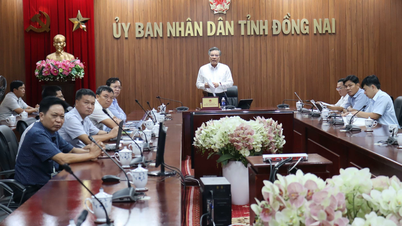



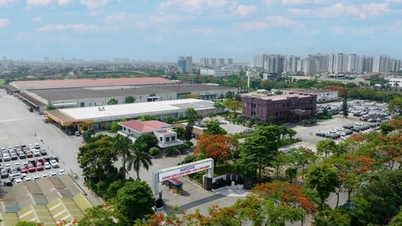














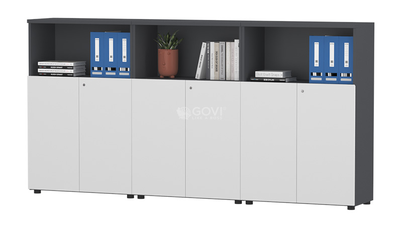


























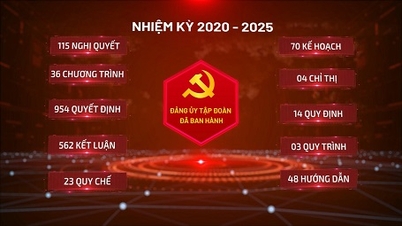

















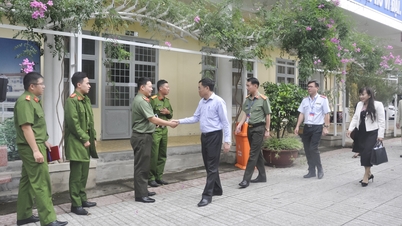




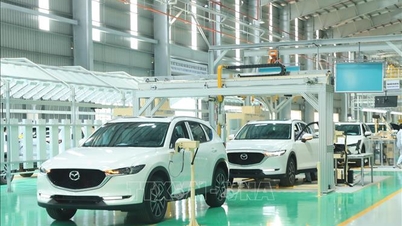

















Comment (0)